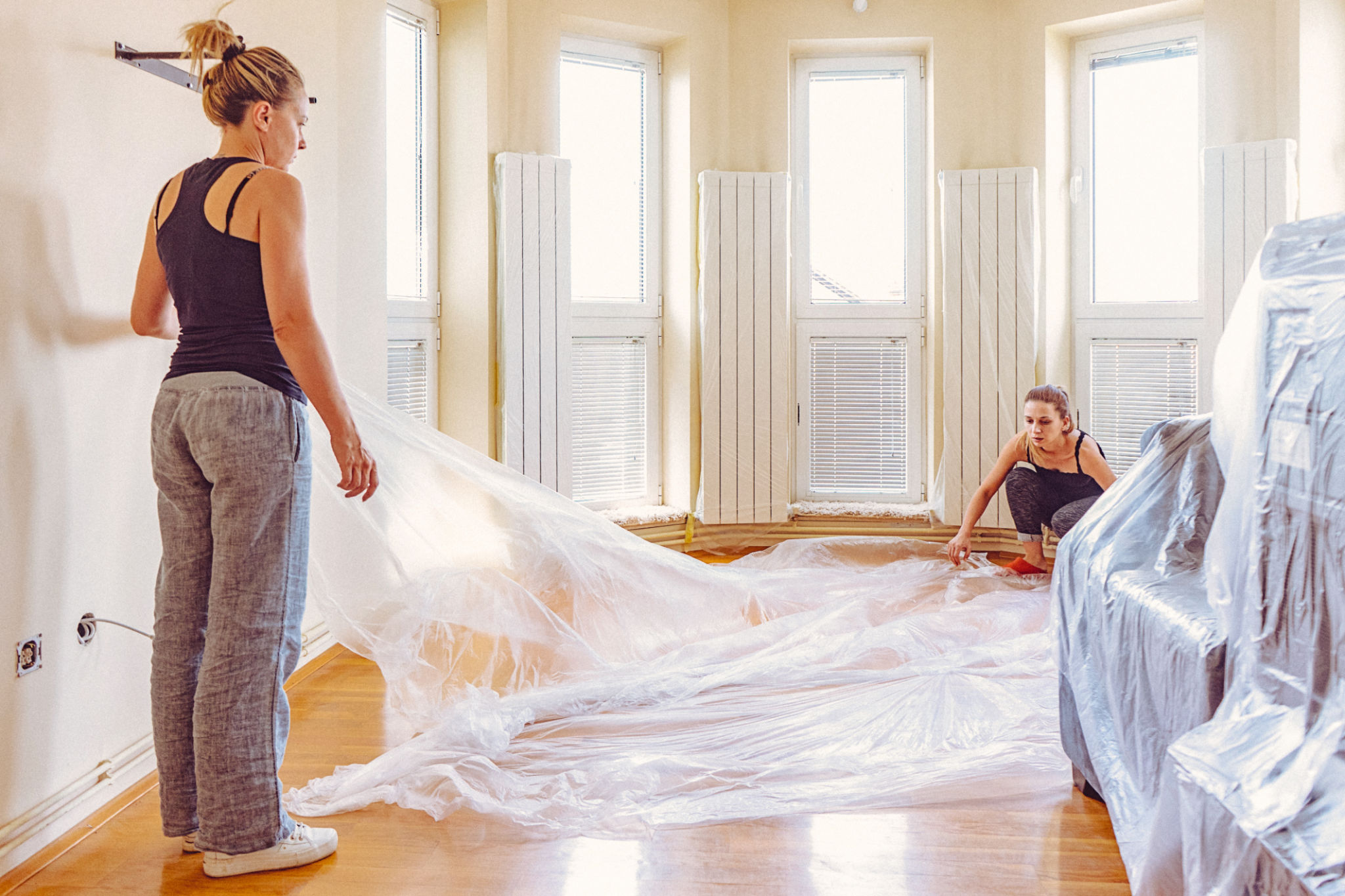Common Painting Mistakes and How to Avoid Them: A Pro's Perspective
Understanding the Basics
Painting a room seems straightforward, yet many DIY enthusiasts encounter common pitfalls. Whether you're refreshing a single wall or transforming an entire space, understanding the basics can save you a lot of time and effort. A professional approach begins with thorough preparation and keen attention to detail.
One fundamental mistake is neglecting to prime surfaces. Primer creates a smooth base for paint, ensuring better adhesion and a uniform finish. It's especially crucial when transitioning from dark to light colors or painting over stained surfaces.

Choosing the Right Tools
Using the wrong tools can hinder your painting project. While brushes and rollers are essential, their quality and size matter. Invest in high-quality brushes for cutting in edges and premium rollers for covering large areas. These tools provide consistent coverage and reduce the appearance of streaks and lines.
Another common error is using the same roller for different types of paint. Ensure your tools are appropriate for the specific paint you're using, whether it's latex or oil-based, to prevent compatibility issues and achieve a flawless finish.
Perfecting the Technique
A smooth, even coat requires a steady hand and the right technique. One frequent mistake is overloading the brush or roller with paint, which can lead to drips and uneven coverage. Instead, apply paint in thin layers, allowing each coat to dry before adding another.

Dealing with Paint Drips
Drips and runs are common nuisances in painting projects. To avoid them, maintain a consistent speed while painting and be vigilant about catching drips with a brush before they dry. If you encounter dried drips, lightly sand them down and apply a touch-up coat.
Addressing Environmental Factors
Environmental factors play a significant role in painting success. High humidity or cold temperatures can affect drying times and the overall finish. Always aim to paint in optimal conditions, ideally between 50°F and 85°F with low humidity.

Final Touches and Clean-Up
Once your painting project is complete, don't overlook the final touches. Carefully inspect your work for any missed spots or imperfections that need addressing. Additionally, proper clean-up of your brushes and rollers extends their lifespan and ensures they’re ready for future projects.
Avoid these common painting mistakes by approaching your next project with the insights of a pro. With careful planning, the right tools, and proper techniques, you can achieve a stunning transformation in any space.
